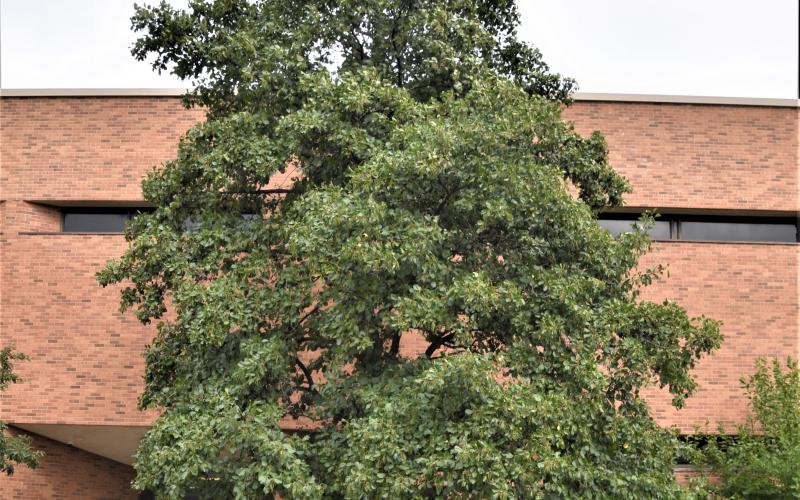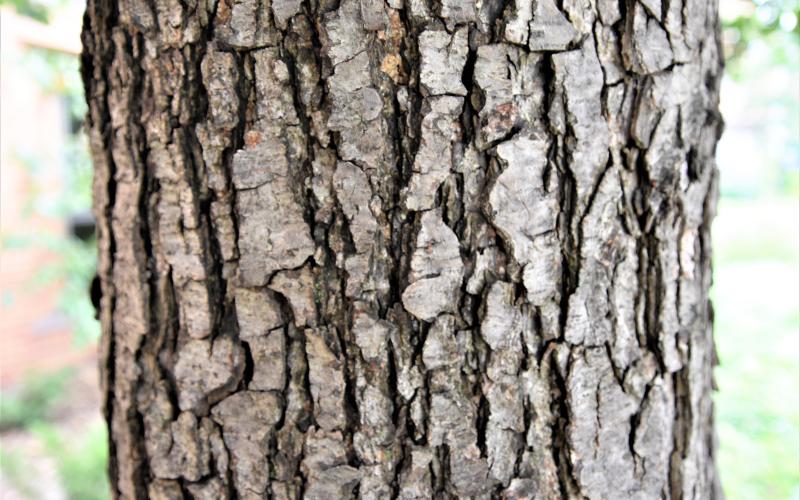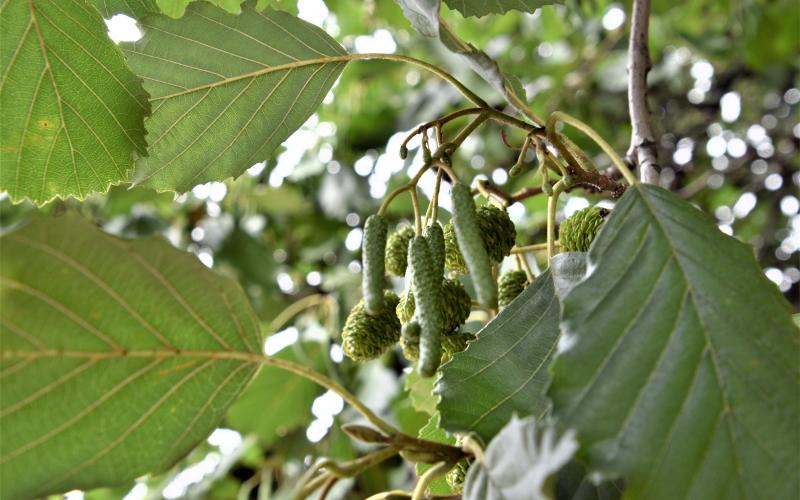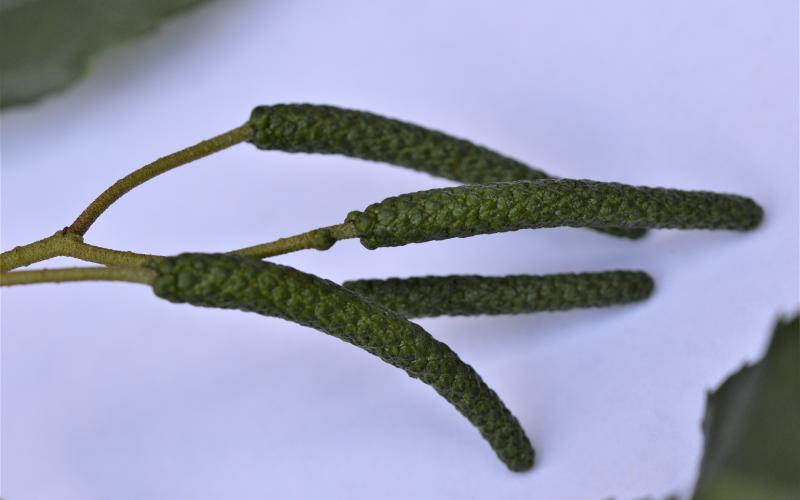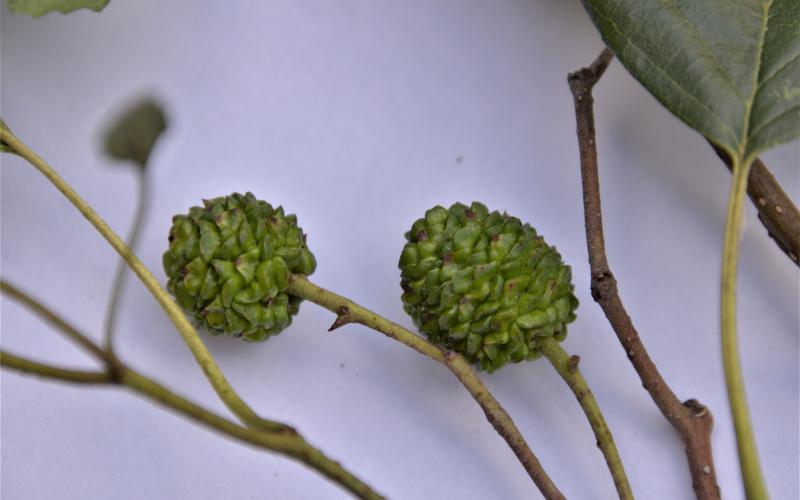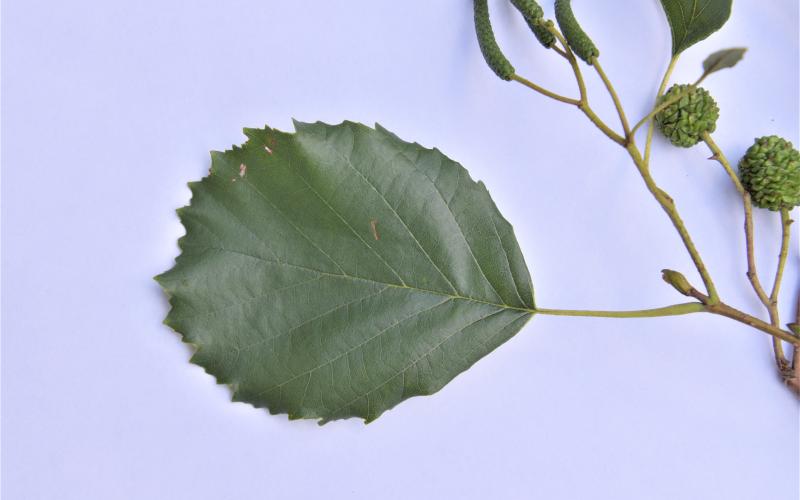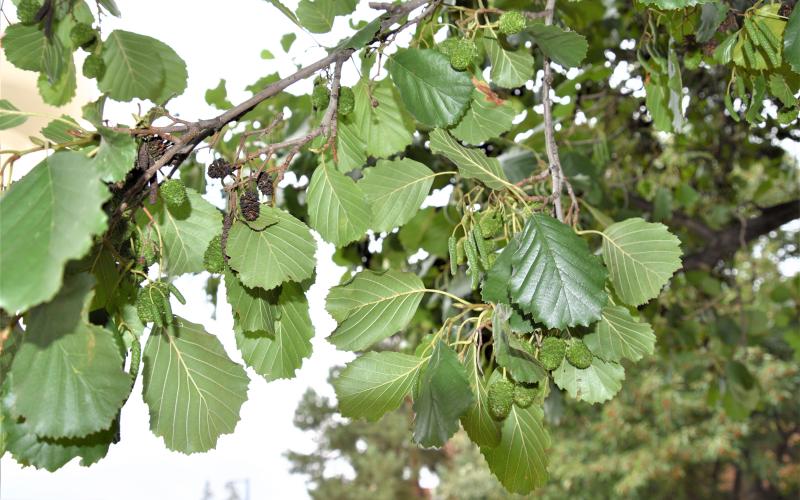Common name: European alder
Scientific name: Alnus glutinosa (L.) Gaertn.
Synonyms: European black alder, common alder, alder
Related species: Alnus incana, Alnus serrulata, Alnus viridis (all native to North America)
Legal Status
Propagation and sale of this plant are prohibited in Minnesota. Transportation is only allowed when in compliance with Minnesota Statute 18.82. Although Restricted Noxious Weeds are not required to be controlled or eradicated by law, landowners are strongly encouraged to manage these invasive plants on their properties in order to reduce spread into new areas.
Impact:
Background
European alder was brought to the East Coast of the United States from Europe by early colonists. Since its introduction, it has escaped cultivation and naturalized in the mid-western and northeastern United States. It is grown as a shade tree in urban areas, and near wet areas which can provide erosion control.
Description
- European alder is a monoecious deciduous tree that can grow up to 60-70 feet tall.
- The leaves are smooth, 3-5 inches long, and have a serrated margin.
- The male flowers are long and drooping catkins, while the female flowers are smaller and round catkins.
- The female catkins develop into brown, cone-like structures that can float on water as a means of seed dispersal.
- The bark is grayish brown with warty, horizontal strips, and shallow cracks.
Habitat
Grows in full sun to partial shade, adaptable to a wide range of environmental conditions but prefers moist to wet soils that are rich and deep.
Means of spread and distribution
Reproduces by seed and seed can be spread by flowing water and saplings have been found downstream from the parent tree.
Impact
It forms dense stands shading out native plant species, alters soil chemistry, and has the potential to alter water flower on sites where it can form dense thickets. It grows rapidly, is highly adaptable, it can fix nitrogen from the air to colonize poor soils and change chemical composition of the soil, and it prevents growth of understory shrubs and other plants.
Prevention and management
- Do not plant European alder
- Pull small seedlings
- Foliar spray, cut stump, and basal bark herbicide treatment
- European alder does not start producing seeds until its third year, so older plants should be removed first to prevent seed spread
- If removing the tree is not an immediate option, the branches can be removed to prevent seed spread if they have not gone to seed yet
